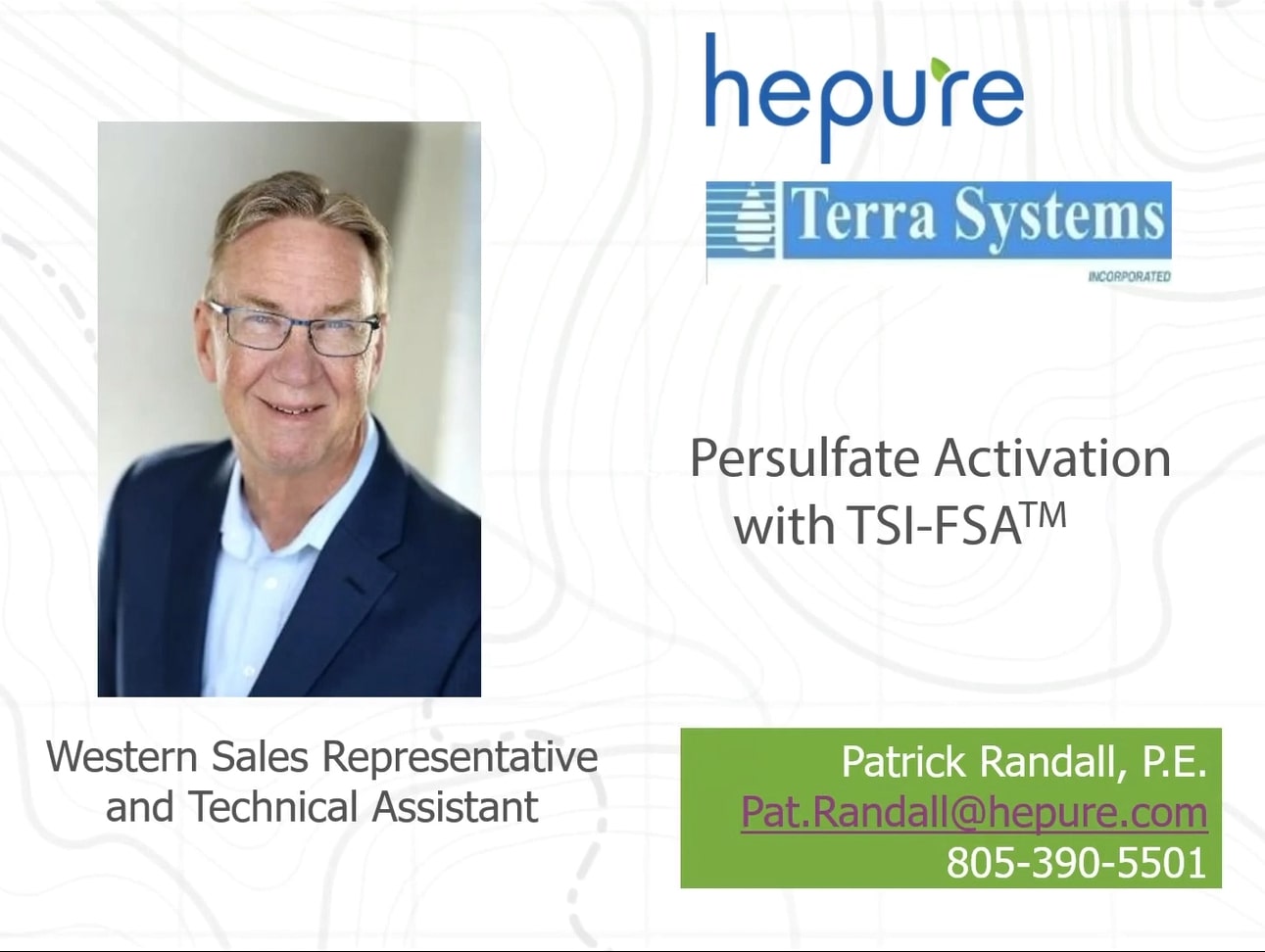Calcium Peroxide Water Treatment
- Home
- Water Treatment
- Calcium Peroxide
Calcium Peroxide (CaO₂) in Water Treatment
Calcium peroxide is used in water treatment for its slow-release oxidation and oxygenation properties. It is primarily applied for bioremediation, pollutant degradation, and water quality improvement. Releasing oxygen slowly will help mitigate anaerobic waters and provide needed oxygen for biological growth over a long period of time.
1. Key Uses in Water Treatment
A. Oxygen Release & Aeration
- Slowly decomposes in water to produce oxygen (O₂) and hydroxide (OH⁻): CaO2+2H2O→Ca(OH)2+H2O2→Ca(OH)2+H2O+O2CaO₂ + 2H₂O → Ca(OH)₂ + H₂O₂ → Ca(OH)₂ + H₂O + O₂CaO2+2H2O→Ca(OH)2+H2O2→Ca(OH)2+H2O+O2
- Provides a long-term oxygen source for microbial activity in groundwater and wastewater.
B. Bioremediation & Organic Pollutant Breakdown
- Enhances aerobic microbial activity to degrade hydrocarbons (e.g., petroleum contaminants).
- Used in soil and groundwater remediation to treat industrial pollutants like BTEX (benzene, toluene, ethylbenzene, xylene).
- Helps in nutrient cycling by promoting beneficial bacteria growth.
C. Iron & Heavy Metal Precipitation
- Removes iron (Fe²⁺) and manganese (Mn²⁺) by oxidizing them into insoluble forms for filtration.
- Can help stabilize arsenic, chromium, and lead in contaminated water.
D. Odor & Sulfide Control
- Oxidizes hydrogen sulfide (H₂S), reducing “rotten egg” odors in water.
- Controls anaerobic conditions in wastewater, preventing foul-smelling byproducts.
2. Application Methods & Dosing
A. Groundwater & Soil Remediation
- Direct Injection: Injected as a slurry into contaminated groundwater. Direct push with low pressure slurry injection or high pressure fracturing.
- Solid Form Application: Granules or powder are mixed into contaminated soil. Can be an addition to excavations prior to backfill, mixed with soils, or, placed in a barrier to provide oxygen as groundwater passes through.
B. Wastewater Treatment
- Dosing: Typically 10–50 mg/L depending on the level of contamination.
- Contact Time: Slow release allows oxygenation over several days to weeks.
C. Drinking Water Treatment
- Less common, but used to improve oxygen levels in stagnant or low-quality water sources.
3. Advantages & Limitations
✅ Advantages
✔ Sustained oxygen release improves long-term treatment.
✔ Non-toxic & environmentally friendly, breaking down into harmless byproducts.
✔ Effective for in-situ remediation of groundwater without costly excavation.
❌ Limitations
✖ Slow reaction time—not ideal for immediate contaminant removal.
✖ Can increase pH due to calcium hydroxide formation.
✖ Not effective against all pollutants (e.g., high concentrations of heavy metals require additional treatment).
Contact Pat or Bob at Hepure for specification sheets.
Request More Information
Contact
 West Sales & Technical Support
West Sales & Technical Support
Pat Randall 866.727.4776 x1 pat.randall@hepure.com
 East Sales & Technical Support
East Sales & Technical Support
Bob Kelley, Ph.D. 866.727.4776 x2 bob.kelley@hepure.com

